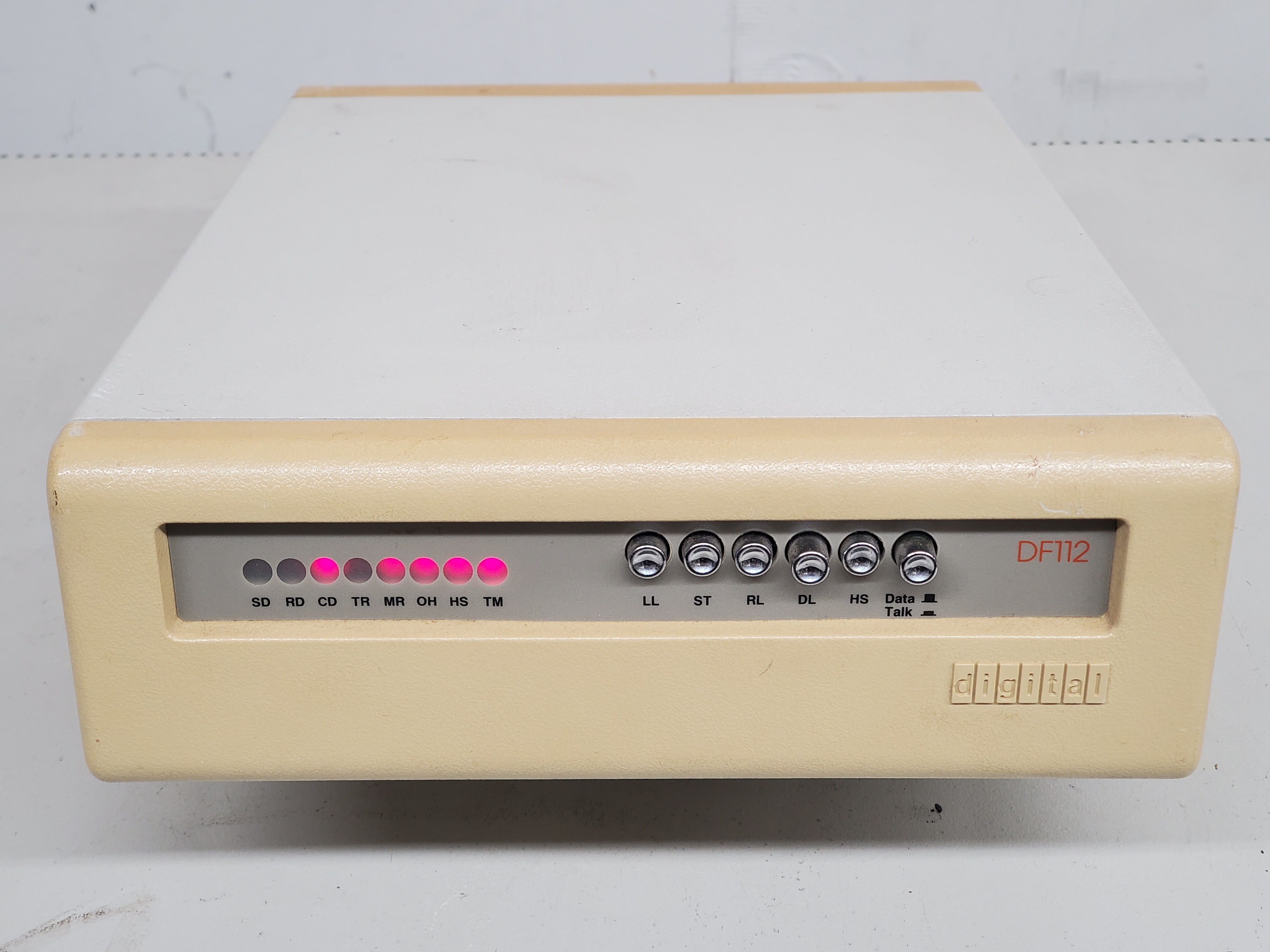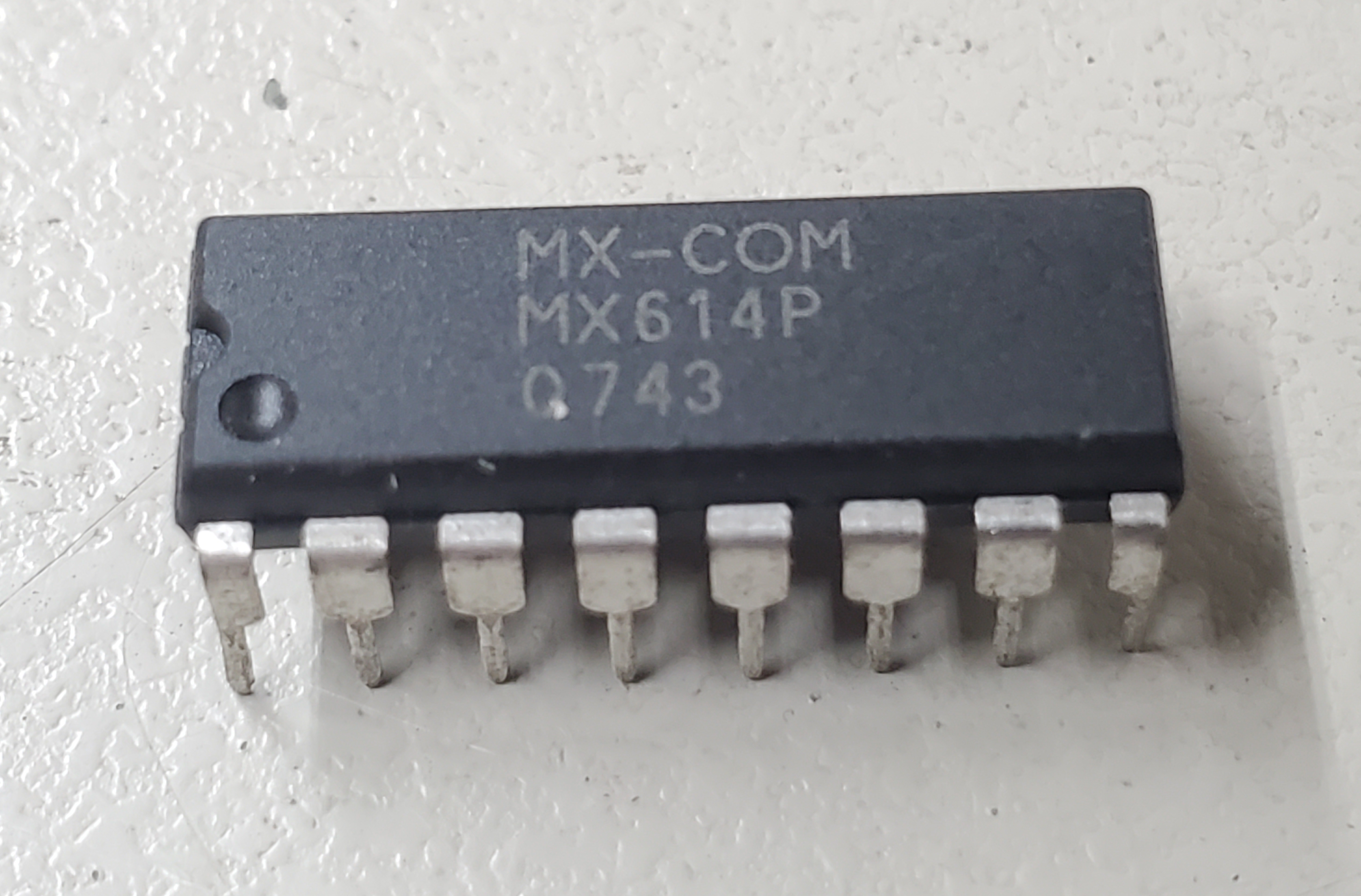Bell 202 Modem on:
[Wikipedia]
[Google]
[Amazon]
 The Bell 202 modem was an early (1976)
The Bell 202 modem was an early (1976)  In addition, Bell 202 is the basis for the most commonly used physical layer for the HART Communication Protocol - a
In addition, Bell 202 is the basis for the most commonly used physical layer for the HART Communication Protocol - a
BELL202 Specification Interface
{{Digital modes Modems Bell System modem standards
 The Bell 202 modem was an early (1976)
The Bell 202 modem was an early (1976) modem
The Democratic Movement (, ; MoDem ) is a centre to centre-right political party in France, whose main ideological trends are liberalism and Christian democracy, and that is characterised by a strong pro-Europeanist stance. MoDem was establis ...
standard developed by the Bell System
The Bell System was a system of telecommunication companies, led by the Bell Telephone Company and later by the AT&T Corporation, American Telephone and Telegraph Company (AT&T), that dominated the telephone services industry in North America fo ...
. It specifies audio frequency-shift keying
Frequency-shift keying (FSK) is a frequency modulation scheme in which digital information is encoded on a carrier signal by periodically shifting the frequency of the carrier between several discrete frequencies. The technology is used for c ...
(AFSK) to encode and transfer data at a rate of 1200 bits per second
In telecommunications and computing, bit rate (bitrate or as a variable ''R'') is the number of bits that are conveyed or processed per unit of time.
The bit rate is expressed in the unit bit per second (symbol: bit/s), often in conjunction ...
(bit/s), half-duplex
A duplex communication system is a point-to-point system composed of two or more connected parties or devices that can communicate with one another in both directions. Duplex systems are employed in many communications networks, either to allow ...
. It has separate sets of circuits for 1200 bit/s and 300 bit/s rates. These signalling protocols, also used in third-party modems, are referred to generically as ''Bell 202 modulation'', and any device employing it as ''Bell-202-compatible''.
* Bell 202 AFSK uses a 1200 Hz tone for ''mark'' (typically a binary ''1'') and 2200 Hz for ''space'' (typically a binary ''0'').
In North America
North America is a continent in the Northern Hemisphere, Northern and Western Hemisphere, Western hemispheres. North America is bordered to the north by the Arctic Ocean, to the east by the Atlantic Ocean, to the southeast by South Ameri ...
, Bell 202 AFSK modulation is used to transmit Caller ID
Caller identification (Caller ID) is a telephone service, available in analog and digital telephone systems, including voice over IP (VoIP), that transmits a caller's telephone number to the called party's telephone equipment when the call is ...
information over POTS lines in the public telephone network. It is also employed in some commercial settings.
 In addition, Bell 202 is the basis for the most commonly used physical layer for the HART Communication Protocol - a
In addition, Bell 202 is the basis for the most commonly used physical layer for the HART Communication Protocol - a communication protocol
A communication protocol is a system of rules that allows two or more entities of a communications system to transmit information via any variation of a physical quantity. The protocol defines the rules, syntax, semantics (computer science), sem ...
widely used in the process industries.
Surplus Bell 202 modems were used by amateur radio
Amateur radio, also known as ham radio, is the use of the radio frequency radio spectrum, spectrum for purposes of non-commercial exchange of messages, wireless experimentation, self-training, private recreation, radiosport, contesting, and emer ...
operators to construct the first packet radio
In digital radio, packet radio is the application of packet switching techniques to digital radio communications. Packet radio uses a packet switching Communication protocol, protocol as opposed to circuit switching or message switching protocols ...
stations, despite its low signalling speed. A modified Bell 202 AFSK modulation, a common physical layer for AX.25, remains the standard for amateur VHF operation in most areas. Notably, Automatic Packet Reporting System (APRS) transmissions are encoded this way on VHF. On HF, APRS uses Bell 103 modulation.
The Bell 202 standard was adopted around 1980 as the communications standard for subsea oil and gas production control systems, pioneered by the then FSSL (Ferranti Subsea Systems Ltd.) Controls, a spin-out company from the former TRW - Ferranti joint venture in the UK. This modulation standard was retained until around 2000, when it was superseded by faster FSK and PSK modulation methods, although it is still utilised for extension of existing control systems that are already configured for this technique.
The 202 standard permitted useful techniques such as multi-dropping of slave modems to allow multiple nodes to be connected to the host via a single modem channel. Other techniques have included superposition of signal on power conductors, and distances in excess of 80 km were achieved in subsea applications using these techniques. This has been enhanced through the use of Manchester encoding
In telecommunications and data storage, Manchester code (also known as phase encoding, or PE) is a line code in which the encoding of each data bit is either low then high, or high then low, for equal time. It is a self-clocking signal with no ...
over the FSK link, to provide simple Modulo-2 RZ (return to zero) bit error detection and suppression improvement over these long distances.
Related technology
The ITU-T V.23 communications standard defines a similar modulation scheme.See also
*Caller ID
Caller identification (Caller ID) is a telephone service, available in analog and digital telephone systems, including voice over IP (VoIP), that transmits a caller's telephone number to the called party's telephone equipment when the call is ...
* HART Communication Protocol (''Highway Addressable Remote Transducer'') - a communication protocol
A communication protocol is a system of rules that allows two or more entities of a communications system to transmit information via any variation of a physical quantity. The protocol defines the rules, syntax, semantics (computer science), sem ...
used in the process industries.
References
BELL202 Specification Interface
{{Digital modes Modems Bell System modem standards